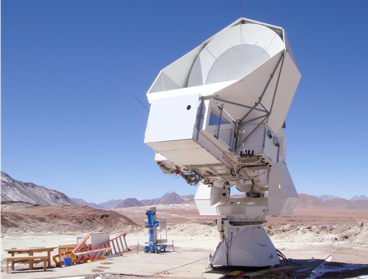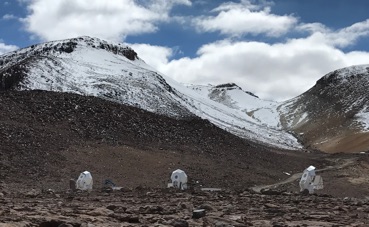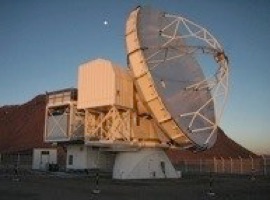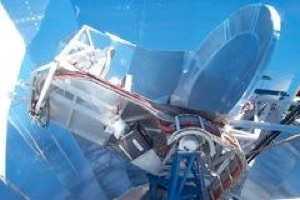Experiments

Past Experiments


Polarbear is a CMB polarization experiment, currently observing from the Atacama Plateau in the Chilean Andes. As with SPT-Pol, the primary science goals are to measure the sum of the neutrino masses and the primordial gravity waves from Inflation.
The South Pole Telescope is a 10m telescope at the geographic South Pole. It is midway through the SPTpol survey, which is making precise measurements of the polarized CMB anisotropies. The next camera, SPT-3G, is being built with ten times as many detectors (15k) and is scheduled to deploy at the beginning of 2016.
The main science goals are twofold. First, studying the gravity waves produced during Inflation using degree-scale polarized CMB anisotropies. Second, reconstructing a map of all structure in the Universe from z=0 to 1100 using arcminute-scale CMB anisotropies. This map will be invaluable for studying the growth of structure and tightly constraining the sum of the neutrino masses.
Additionally, the SPT surveys are producing a catalog of galaxy clusters selected via the Sunyaev-Zel’dovich (SZ) effect. The SZ signal is nearly independent of redshift, and the SZ surveys are uniquely powerful at finding high-redshift galaxy clusters. Notably, the SPT survey area overlaps the on-going optical Dark Energy Survey which will greatly assist in studying the galaxy clusters in both surveys. The dark energy constraints from clusters are competitive with supernovae, and a combination of clusters and supernovae can help distinguish between the dueling paradigms of modified gravity and dark energy.
There are MsC and PhD projects related to all of these experiments.
Timeline:
Simons Observatory: 2020 - (expected)
Simons Array: 2018 - (expected)
SPT-3G: 2017-
SPTpol: 2012-2016
POLARBEAR: 2012-2017
All three telescopes of the Simons Array have now been installed in Chile, and first light with the first camera will come later in 2017. The Simons Array builds upon the success of POLARBEAR, by adding 2 more telescopes and expanding each camera from ~1400 detectors to ~7500 detectors. The full Simons Array will have more than 22 thousand bolometers, split between 95, 150, 220 and 280 GHz! The experiment will conduct two surveys - a wide survey covering half the sky aimed at mapping the mass in the Universe through gravitational lensing, and a deep survey aimed at discovering gravitational waves from inflation.


The University of Melbourne is a partner on the Simons Observatory, a precursor to the planned CMB-S4 experiment. The Simons Observatory will combine the existing ACT and Simons Array telescopes with a new suite of purpose-built telescopes to create a CMB experiment of unprecedented sensitivity.







